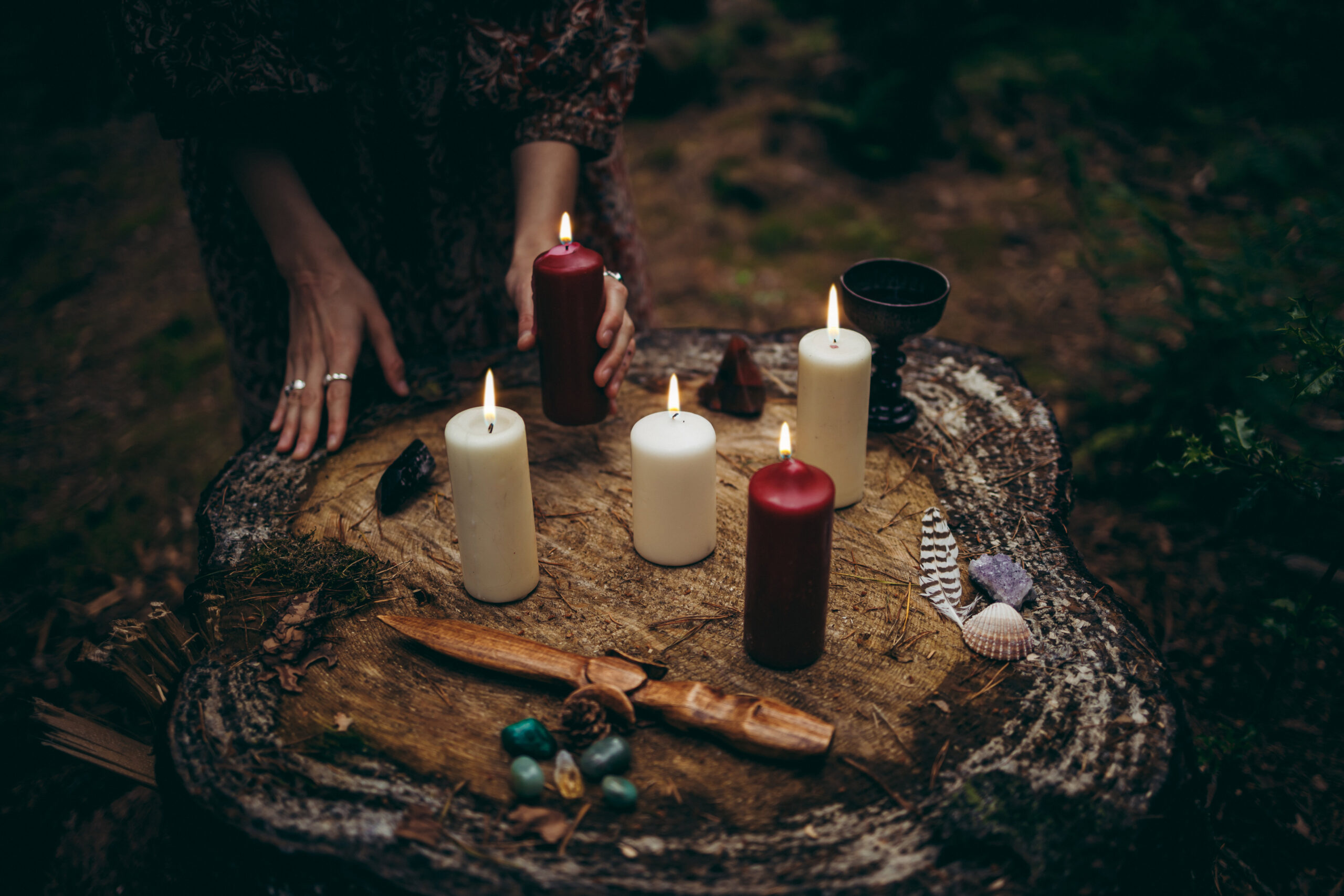I was skipping about the shelves at Waterstones recently and came across the beautiful and intriguing Holloway by Robert Macfarlane, Stan Donwood and Dan Richards (Faber & Faber, £14.99). I had to do a double-take. I mean, have you seen this book? With its swirling whorl of branches in stark black and white, I needed it on my shelf. Pronto.
In the past couple of years there seems to have been a surge in popular nature writing. Travel writing appears to be veering away from tales of far-flung places – those exotic island resorts – and coming home to hunker down in old places with their legends just barely attached. A good example of this is Badgerlands by Patrick Barkham. This book gives us a history and ongoing narrative of one of our favourite native creatures: whilst informative and lively, Barkham manages to help us feel attached to our homeland through language and stories, revealing how the badger has become integrated with our everyday lives and landscapes.
However, what is it that other writers in this genre are trying to achieve? A couple of months ago I read Edgelands by Michael Symmons Roberts and Paul Farley, which can only be described as an ode to supermarket car parks. While the book has received much praise and aims to put us in touch with our familiar childhood play-spaces, the book left me uninspired and feeling somewhat… grey. By romanticising the unromantic and tying myths to 1960s concrete, this form of ‘nature’ writing left me cold.
Holloway was an interesting one. Telling the history of England’s oldest paths and wegs, the book is written in dreamlike prose. A lyrical traipse and trample through the undergrowth of Dorset – an exploration of forgotten ways – the book is told in a hypnotic tangle of the authors’ combined voices, and something older.
Macfarlane feeds the readers’ curiosity with ancient lore, woven together with small, personal anecdotes which really give the book its memorable quality.
Overall, the book was a joy to read although repetitive and sometimes clunky as the authors fought for the better portion of a chapter. However if you have an interest in being absorbed by the past, Holloway is for you.








I was disappointed by Holloway: most of Macfarlane’s text is taken from The Old Ways and I really didn’t get on well with the other author’s style.
I also feel that Macfarlane is over glamorising holloways. They are actually green lanes/ancient trackways where the surface rock is soft. There are many green lanes that are as interesting, but they are not hollow because of their surface rock.
I know what you mean – I enjoyed it for what it was, having not read The Old Ways – but I was after something more. Perhaps a sense of heritage, rather than the vague sense of mystique it gave off! I’d be interested to read more Macfarlane though, or something similar – any recommendations?
“The Old Ways” is the only other Macfarlane I have read. I enjoyed it and would recommend it although I don’t fully get on with his style. Another modern nature writer I have enjoyed is Kathleen Jamie, quite different from Macfarlane, “Findings” is good, she is a poet and it shows.